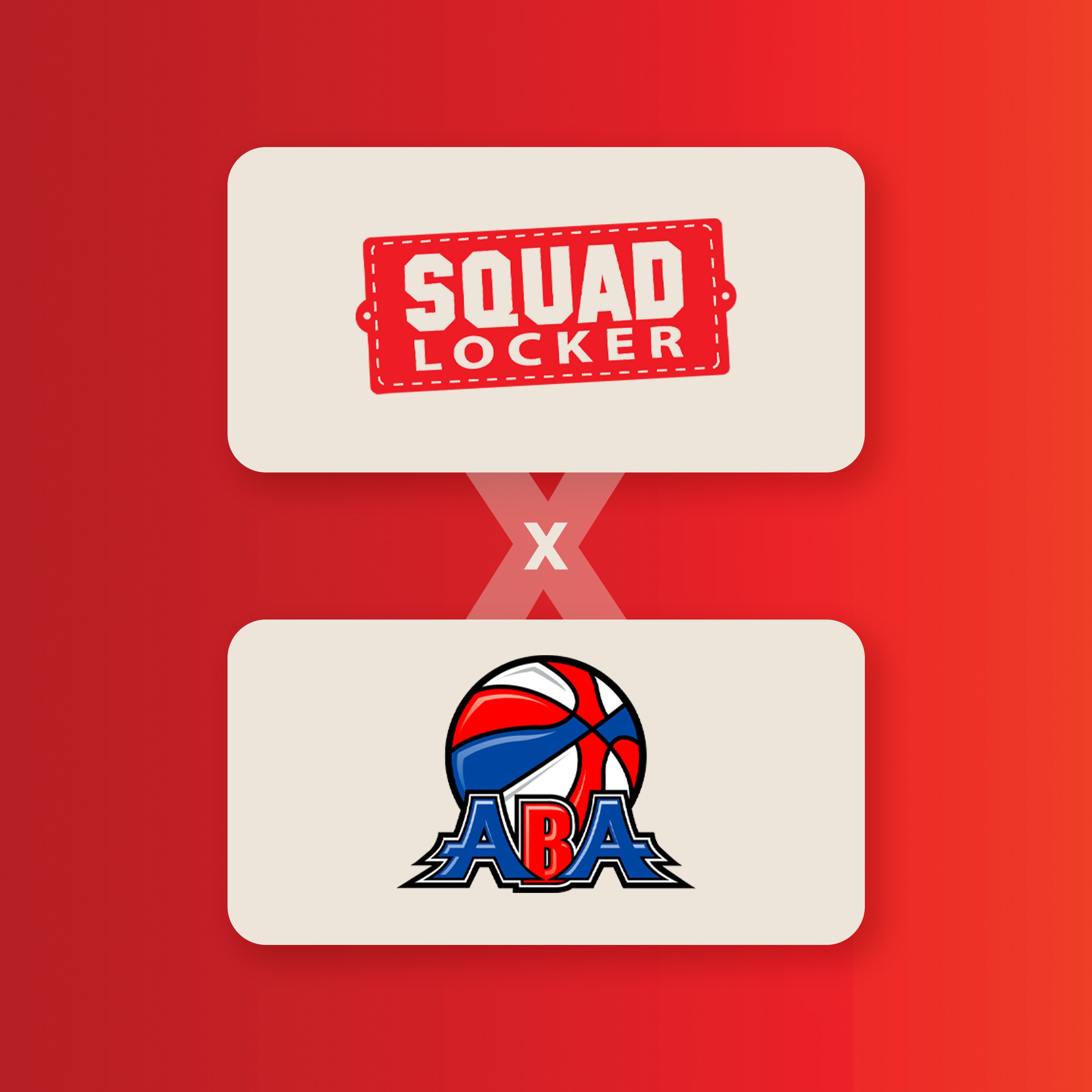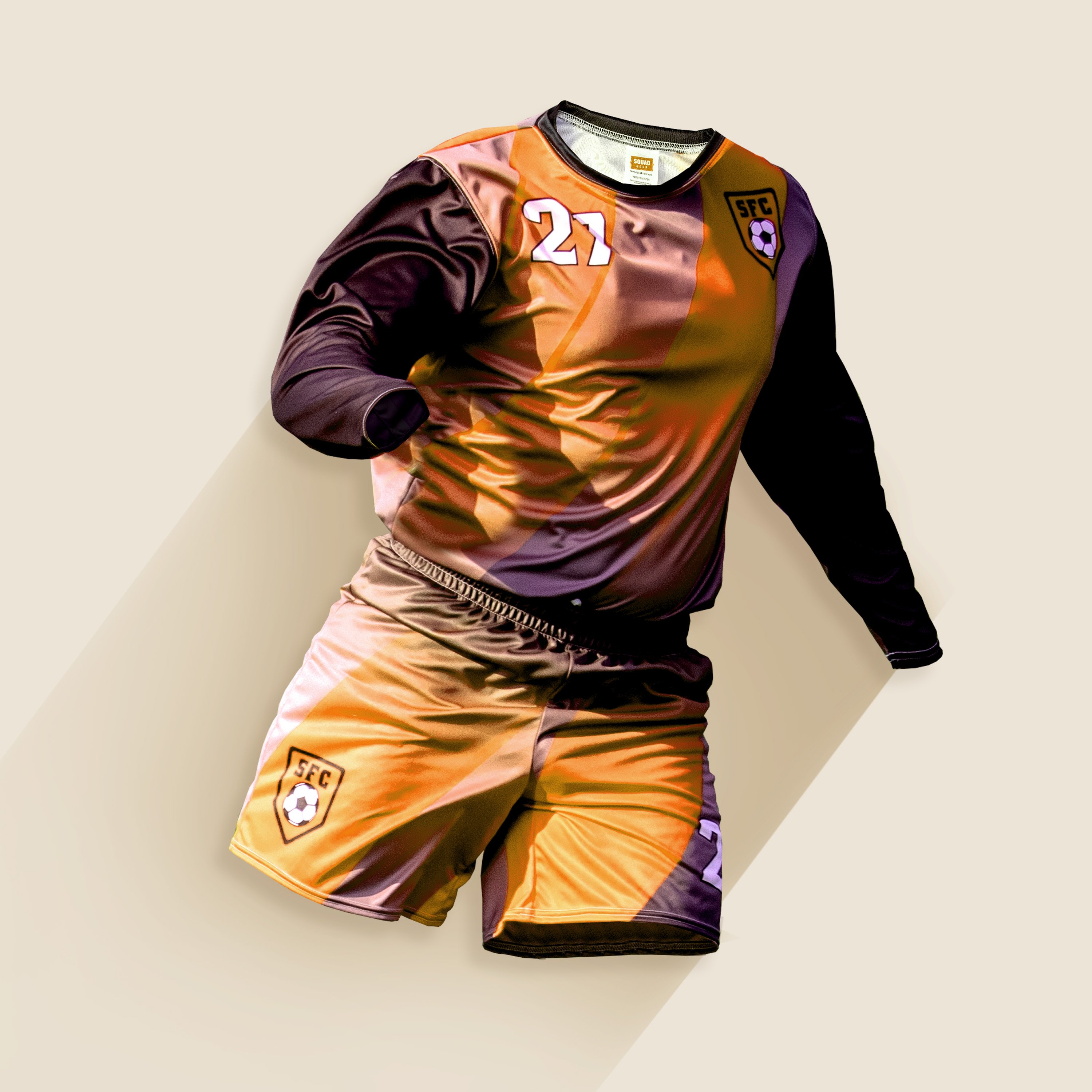 Coaches want their players performing their best no matter what the weather conditions are. Athletes will devote significant time to getting ready for game day, but extreme temperatures can set them back. Extreme heat is always a challenge in hot climates like in the South and Southwest, but it can cause problems almost anywhere in the U.S. during early-fall practices or late-spring championships. Athletes at all levels, from Little Leaguers and youth football players to college and high school athletes, can struggle in hot, muggy weather if they lack apparel designed to keep them cool and comfortable. Fortunately, coaches who understand heat's effects on athletes can take steps to improve team performance in hot conditions.
Coaches want their players performing their best no matter what the weather conditions are. Athletes will devote significant time to getting ready for game day, but extreme temperatures can set them back. Extreme heat is always a challenge in hot climates like in the South and Southwest, but it can cause problems almost anywhere in the U.S. during early-fall practices or late-spring championships. Athletes at all levels, from Little Leaguers and youth football players to college and high school athletes, can struggle in hot, muggy weather if they lack apparel designed to keep them cool and comfortable. Fortunately, coaches who understand heat's effects on athletes can take steps to improve team performance in hot conditions.
The following list describes just a few of the ways heat can affect team sports athletes during practices and games:
1. Dehydration
When athletes cannot replace the water they lose in sweat throughout a practice or game, they risk becoming dehydrated. Dehydration is a major concern that can affect team performance and safety in hot conditions, but coaches can combat this problem in several ways. Kids and teens who gradually adjust to exercising in the heat during the preseason are better equipped to handle extreme temperatures. In addition, coaches should schedule regular water breaks for their players, encourage their players to train with less intensity on hot, humid days, and purchase high-quality technical training apparel to athletes to help keep them cool and comfortable.
2. Heat Stroke
Heat stroke is the result of extended exposure to extreme temperatures or physical activity in hot weather. Identifying the signs of heat stroke is crucial for coaches and athletes. Coaches who can help prevent heat stroke among athletes keep their players safe and noticeably improve team performance in hot conditions. Apparel selection is an extremely important for coaches and players who are trying to avoid dangers like heat stroke in hot climates and seasons.
3. Decreased athletic Performance
The two problems discussed above, dehydration and heat stroke, are significant concerns, but they are extreme cases. Most coaches know how to safely conduct practices and games in hot weather. A more common problem encountered by teams playing in the heat is a general decrease in athletic performance. Why does this happen? The human body generates heat during exercise, and extreme temperatures can cause an athlete's blood flow to decline. As a result, a player's heart rate, sweat rate, and core and skin temperatures will increase, which can limit his or her performance. Hyperthermia (a medical term for being too hot) reduces muscular endurance. It could especially impact soccer players, lacrosse players, and other athletes who must perform for extended periods of time.
How to Manage Heat for Increased Performance and Safety in Training and Games
Due to heat's effect on athletic performance, coaches may consider a wide variety of apparel solutions to help their teams. For example, moisture management fabrics move sweat away from the skin and into the air, allowing it to evaporate. Coaches should consider the benefits of layering as well. By intelligently layering their training apparel, athletes can enjoy comfort and performance in sleet, rain and other inclement weather. A team dealer can help coaches and other team apparel and uniform buyers make the right choices for heat management gear.
Share this Story


.jpg)







